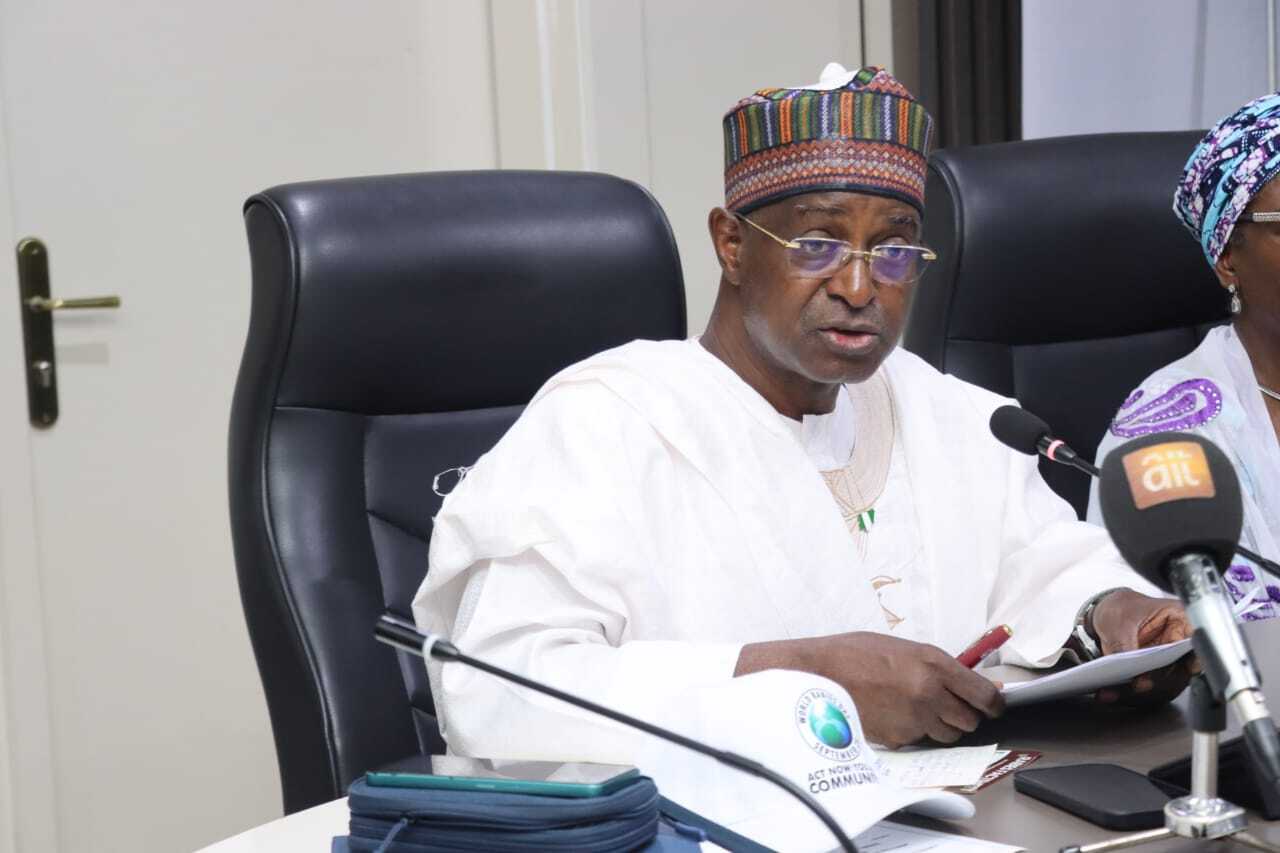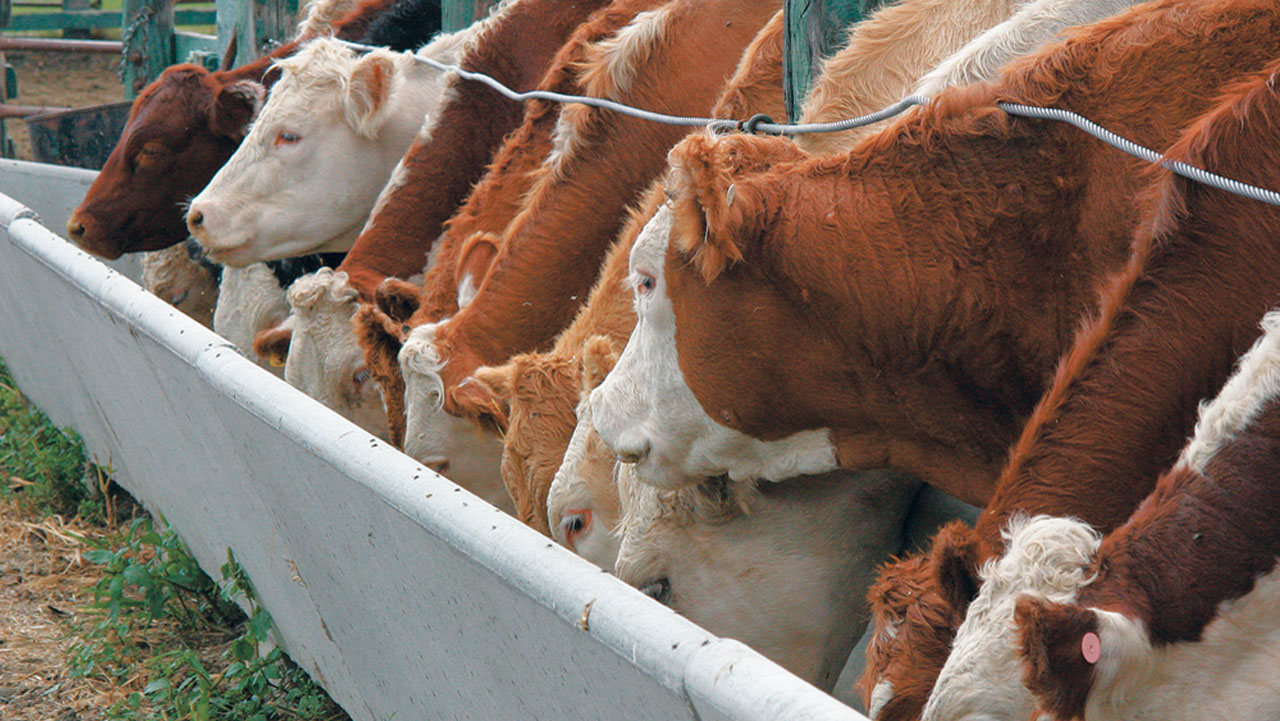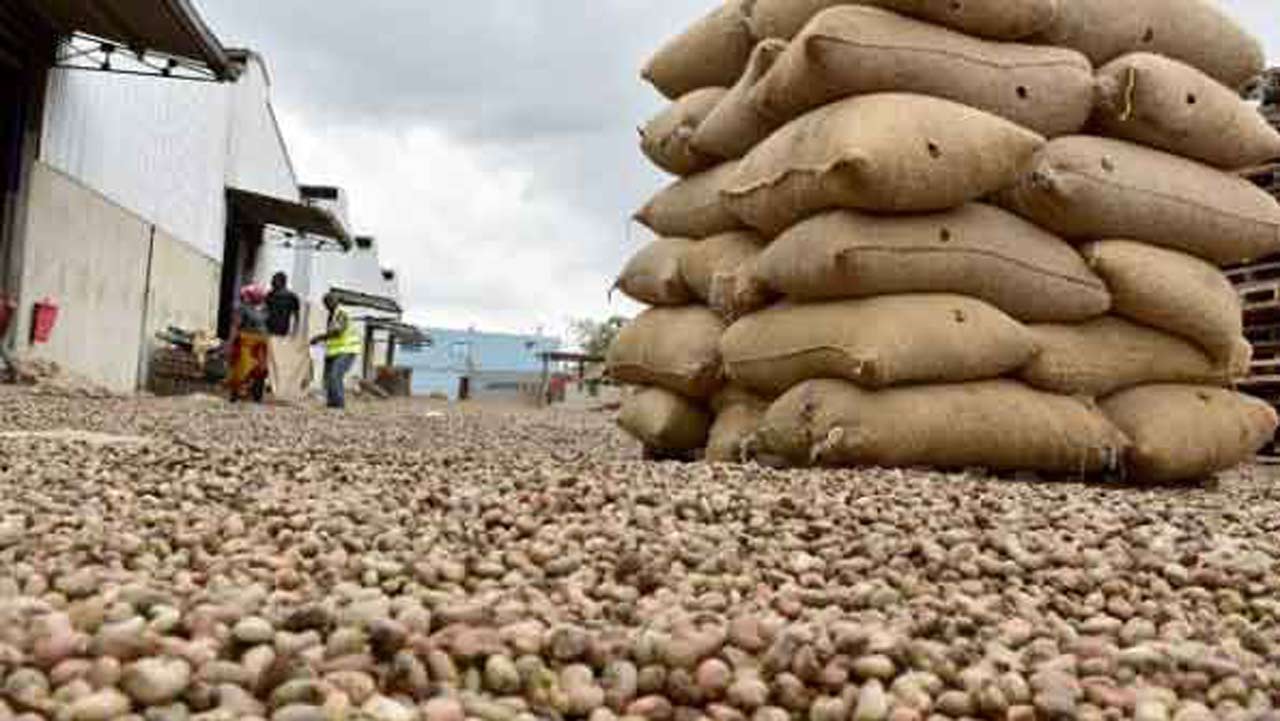
Like the case of maize and soybeans, which are essential raw materials for poultry feeds and industries, the severe shortage of cassava has continued to negatively impact the price of its derivatives. From all indications, the development may still persist. GBENGA AKINFENWA writes.
Against all expectations, the severe shortage of cassava in the country seems to be getting worse by the day, as supply continues to shrink against the increasing demand.
Though Nigeria is the largest cassava producer globally, accounting for about one-fifth (21%) of total production worldwide, yet it is finding it difficult to bridge the demand gap, as the supply has been unable to meet the ever increasing demand.
Recently, PwC estimates that Nigeria would need about 28.3 million metric tonnes of fresh cassava root planted yearly on about 1.2 million hectares of land to meet the country’s demand for cassava by-products and derivatives like ethanol, cassava-bread constituents in sugar syrup, high-quality cassava flour, cassava-based adhesives, such as cassava starch, caustic soda, formaldehyde, hydrochloric acid and sodium silicate.
Since early this year, the situation has further declined as price of cassava skyrocketed due to the severe shortage. As at last Thursday, the price per tonne of cassava ranges approximately between N150, 000 to N170, 000, while average price per kilogramme ranges from N150 to N170, as against between N30,000 and N80,000 price per tonne in 2023.
Reports have it that many processors have been forced to shut down their operation because they find it difficult to break-even, as the price hike became unbearable.
To make the matter worse, derivatives like garri, cassava flour, starch, food and others, largely consumed by households have practically gone beyond the reach of the common man.
For instance, a paint plastic of garri, which previously sold for between N300 and N350 two years ago, is currently selling for between N3, 500 and N3, 800 in Lagos. Though the price is a bit fair in Ogun State, the same module is selling between N2, 500 and N3, 200.
A paint plastic of cassava flour sold between N300 and N350 at the same period is currently selling between N3, 000 and N3, 500. The same goes for starch and ethanol and others. A wrap of fufu previously sold for N50 is now N200 in restaurants. The same goes for amala and eba.
The Founder of Menitos Farms, Lagos, Tolulope Daramola, identified insecurity and farmers’ preference for short term crops as some of the factors responsible for the acute shortage of the produce across the country.
She said: “Cassava is basically a very tough plant and preferred for many reasons, its ability to survive without regular watering is one. However, insecurity has made some farmers avoid long term planting. While cassava continues to be planted because market is almost guaranteed …volume is being reduced for short term crops to secure more regular incomes for the farmers.
Daramola added that the scarcity is not unconnected to mop-up of the produce by the factories. “The industries pay better -bulk is better, than consumers and a number of them off-take. The lacuna would be more visible for consumers (homes) as it would impact stables like fufu and garri. We can’t also forget that cassava is now a major ingredient for feed millers too. So demand is actually on the rise but planting is not correlating.
“It is easier to sell to feed mills or biofuel manufacturers and not have to worry about logistics, processing and preservation. All these are up to reducing what’s available for foods like fufu and garri.”
She advised that the Federal Government should provide the necessary support to assist farmers. “Honestly, I always say infrastructure, better roads, better security and equipment would see most abandoned farms resume planting. A city like Lagos might feel unconcerned with death in a Saki farm, but it will affect the price of garri, fufu and others.”
On his part, the Chief Executive Officer, Fourteen Farms, Ifeware/Ife, Osun State, Julian Akinremi, expressed fears that the development is capable of worsening the cassava demand-supply gap. “We still need more cassava farmers. So, if we have less people willing to cultivate cassava, then we would not meet the local demand for starch, local consumption need for garri and other derivatives of cassava. In addition, animal farms that use cassava to process feed will suffer.
“This is not due to the lack of cassava farmers but due to the economic situation. Once we have a stable economy we would have better prices for food consumed by the common man.”
He called for more initiatives that drive farmers to cultivate larger expanse of land. “We need to have more farmers’ transition from smallholder to commercial farmers. We also need government support in the South as regards land preparation, extension services to educate local farmers in the benefits of modern cultivation techniques,
“We also need to have more support for processors, thus enabling them to buy more from the farmers and process more per time with state of the heart processing mills and modern logistics and storage facilities.”






